Sun-dried figs are a very popular type of dried figs in turkey, due to their high-profit margin many suppliers distribute this product to the global market. They are mainly being exported, due to their high quality. On one other hand, Iranian sun-dried figs are considered to be a competitor of Turkish types. Iranian species have a great quality just like the Turkish ones. These types are much cheaper than Turkish sun-dried figs.

Turkish fig tree
The reason why Iranian species are cheaper is because of the natural procedures and mechanisms Iranian farmers use to cultivate their products. Drying figs is one of the most common methods in Iran. But to do this, you need to know the area well. here we will explain how to dry figs. Like many other fruits, fresh figs are rich in water.
The water or nutrients in the fruit is very tonic, but the presence of water helps the growth of microorganisms which makes molds in figs. This ensures that the fruit rots over time if the conditions are right. Long-term food storage is possible in several ways. The best way to store fruit over time is to use a refrigerator, which is often not used.
For example, fresh figs can no longer be stored in the refrigerator. Another way to store food over time is to dry it. This is done by extracting water from the fruit. It also removes water by evaporation. Dried figs are obtained in the same way. There are several ways to dry figs. The first and most widely used method is to dry the figs in the sun.
Air and wind can be used to make dried figs. Heating figs is also a way to dry them. Due to different circumstances, the method of drying figs may vary in large production gardens, houses, and plants. The first thing to note is that it is better to dry the figs on a half-dried tree and throw them naturally from the tree to the ground.
It is good to know that picking fresh figs for drying will reduce the quality of the final product. In the orchards that produce large quantities of figs, the method of drying figs in the sun is used.
The other way can be done, when figs are left on the tree until they are half dry. At this point, after the fruits have fallen and accumulated under the tree, the fruit is left in a special place already made. These works are called “spangs” and have other names as well. For this, it should be noted that the figs should be applied as a layer on the sponge.
Another important thing is to keep the sponge exposed to sunlight during the day. The time required to dry the figs on the sponge depends on the heat and air temperature, as well as the initial drying of the figs. Generally, we can say that you will need 3 to 5 days to dry the figs on the sponge. Remove the figs from the sponge even in the morning and in the sun. As the air warms, the fruit softens and becomes harder to care for.
Collected figs can change color over time and lose their original quality if they are not adequately dried and carefully stored. You can dry the figs at home, but you have to give them the right conditions and dry the figs either by the sun or by a stream. Note that it is common for the two technologies to collaborate. If there is enough space, you can put the figs in the net and leave them in the sun for a few days. To make matters worse, you can cover the figs with a good net.

An important thing to remember is that you have to feed the figs until they dry out and fall off the base of the tree. The industry uses a special drying material to dry figs. Hot air is often used in drying processes. By creating food for the crystals, the air dryer dries to its original state.
The Turkish fig tree is now grown on all continents for domestic consumption or as an export crop. The largest areas cultivated by this tree are the Mediterranean, the Red Sea, and the Persian Gulf, while outside of these areas it grows only in the United States. At the same time, the country supplies about 37 percent of domestic consumption through imports. The main producers of dried figs are Turkey, Iran, Egypt, Spain, and Portugal. In Iran, in terms of cultivation and production area, Fars province is primarily at a considerable distance.
The fig tree is typical of the subtropical region, with mild winters and no hot summers. Wood is used as a cooling sensation to heat, especially in children. So winter is limited to planting this plant. Depending on the temperature, figs grow better at a temperature of about 25 to 35 degrees. Although the tree can be managed over a wide range of temperatures, temperatures above 42 ° C reduce the quality of the grain.
The fruit of the fig tree depends on the climate and soil. The first fruits of this tree usually appear in the second or third year after planting and the full fruit will be produced after 5 to 10 years. The annual yield per hectare of fruit is about 4 to 5 tons dry cultivation in a good orchard and when the tree produces maximum.
Rain fruits begin ripening in early to mid-August, depending on the region. Harvesting takes place from mid-August to mid-October. Green figs are cut and dried, usually on the tree until semi-dry. After the fruits are half-dried, they are collected under the bushes and dumped in a special place to dry completely. After storage, the dried figs are sorted and sold according to color and the presence of grains of varying sizes.
Figs from turkey
The pupal fig from turkey is one of the oldest and most famous figs in the world. The fruit comes from West Asia in the Mediterranean region, its origin is Turkey, sometimes called the Turkish yellow fig. Today, it is the most widespread fruit in the whole world. Yellow figs also grow in Iran in big sizes and very pleasant flavor.
Most of these trees are planted in the Persian region and the city of Estahban. Purple figs in this region are higher than those grown in Turkey. The price of a tree varies according to its quality. Turkey purple figs need more pollinated varieties for vaccination. The best pollinating variety for this is white fig. These trees are infested with insects, one of the main families being the broken insects.
There is not much difference between black and yellow figs in different characteristics and amounts of nutrients such as vitamins, minerals, sugars, and calories, but figs have more antioxidant or anti-cancer properties. In general, the darker the species the more antioxidants it contains. For this reason, fruits like grapes, cherries, and dark figs help stimulate the immune system. The nature of black figs is warmer in terms of traditional medicine.

Fig cultivation is one of the most important crops in Estahban, dating back to history. It is one of the fruits with a long history of growth. The land of the figs is Iran, hence turkey, and Syria. And then it spread across the Middle East to China and India. Figs are produced in very few countries and dried figs are produced accordingly.
The number of producing countries is also relatively small. These areas are perfect for growing large and small figs in Estahban 80% of the fig grows around the Farse province in Iran. Most of the dried figs are grown here. However, figs are a tropical fruit, however, due to their wide ecological adaptation, it grows throughout the coastal zone of our country. In this regard in other regions, such as Marmara, the Mediterranean, the Red Sea, and southeastern Anatolia, Table figs are also grown.
Although world fig production varies over the years, the data for the last five years when examined, world fig production was the lowest in the 2016/2017 season with 1,050,459 tones. Level in the 2016/2017 season it was at the highest level with 1,159,215 tons. As can be seen from the data, there is extreme variability in world fig production and adjacent values are obtained each year in production.
According to a report by the Food and Agriculture Organization, over the past 5 years with a production rate of about 300,000 tons. Iran accounts for almost 30% of the world’s fresh figs production. Iran, Turkey, Egypt, Morocco, Algeria, Syria, the US, and Spain follow suit. Although it changes over the years, the worldwide average fig production is 1,121,000 tons, about 105,000 tons of dried figs, considering that the world production of figs is about 680,000 tons. Its value is considered to be the production of fresh figs.
Turkish dried figs nutrition
Turkish Figs are a sweet and very nutritious fruit and have many healing properties. In this topic, we will talk in detail about the properties of dried figs and their nutrition. In this section, we will give a brief overview of different fig species. It is good to know that the solution to many of today’s problems lies in the fruits and their usage.

Among the most important properties of figs, we can mention the treatment and relief of constipation, inflammation, and the digestive system. They are many other benefits for people with iron deficiency anemia are Other important properties of figs. In addition, dried figs are an excellent food for people who are physically challenged due to their high sugar content and energy. The yellow long-neck figs are also effective in controlling blood pressure due to potassium content. Potassium supplementation reduces the excretion of calcium in the urine and, the use of figs increases bone density and prevents osteoporosis.
Other important properties of figs include the prevention of cancer, the prevention of hair loss due to sulfur, and use in various foods due to fiber. Dried figs can help lower blood pressure. Figs are rich in potassium, which helps control blood pressure. Many people not getting enough fruits and vegetables, but they are getting a lot of sodium because salt is often added to processed foods.
A diet low in potassium can cause problems with high blood pressure, especially if you consume a lot of sodium. Dried figs can temporarily relieve high blood pressure in people with high blood pressure due to high potassium levels and low sodium levels. The antioxidants in dried figs help prevent breast cancer. The Study of 51,823 postmenopausal women on average over 8 years shows that women who eat more fruit have a 34% lower risk of breast cancer. Fiber-rich fruits include figs, apples, dates, pears, and grapes.
Figs in Istanbul
All types of figs are widely consumed in middle east countries, especially in Istanbul. A large number of fig species are cultivated in countries such as turkey, Iran, Afghanistan, and Egypt which have rich geography in terms of fig varieties. Different varieties of figs are used for table consumption and in the production of dried figs.
Iran ranks second in fig production in the world. Fig varieties are grown mainly in the Estahban and Saman regions of our country. The main varieties of figs grown for dried figs are the yellow and Park figs. The yellow fig is a thin-skinned variety of figs. The black mission figs are dark in color and have a thick crust.

Fresh fig varieties; These are varieties such as the black leaf, perennial fig, poplar, sultan Selim fig, sugar fig, and eggplant fig. Fig species-specific to the Istanbul region are Sultan Selim’s Fig, Eggplant Fig, and Poplar Fig. Sultan Selim figs are light green. The fig varieties, which add up to more than 800 species in total, are used with care in the production of dried figs and table consumption.
We bring unique dried figs from Turkey, the largest fig producer in the world, to your table. We carefully produce delicious dried figs to give you and your loved ones a piece of nature. We want to bring the taste of dried figs to your table, produced without changing their nutritional value and without using any additives. Figs are rich in vitamins and nutrients that promote good health.
Of course, you need to care about quantity and method of consumption. Our commercial group is looking forward to having a long-lasting business relationship with you, in any position whether consumers or investors. Please comment down if you are interested to have cooperation with our international trading company.

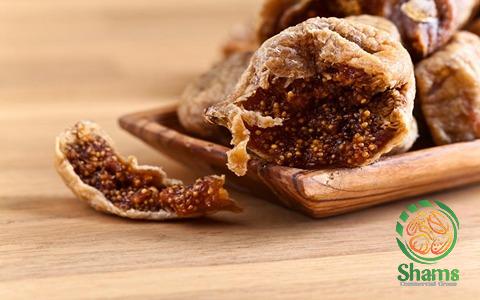
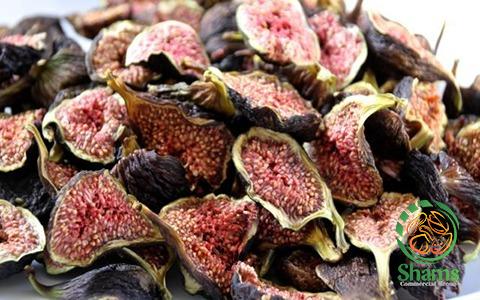
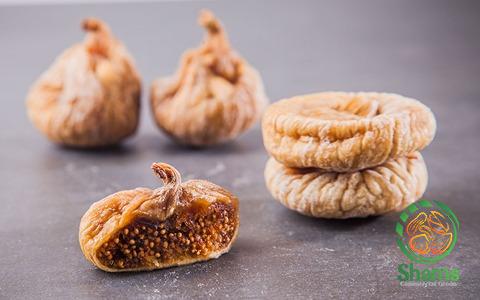

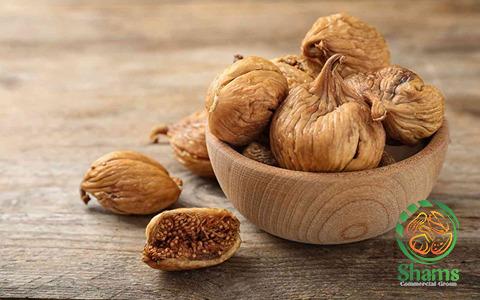
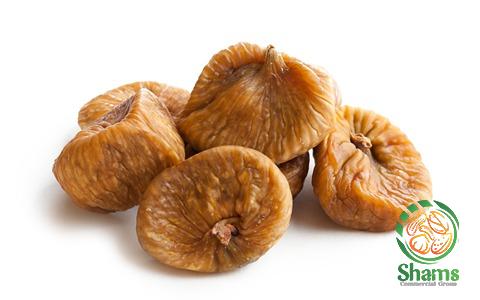
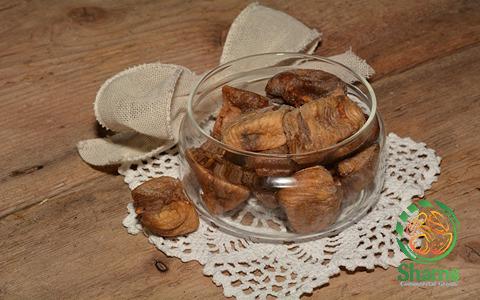
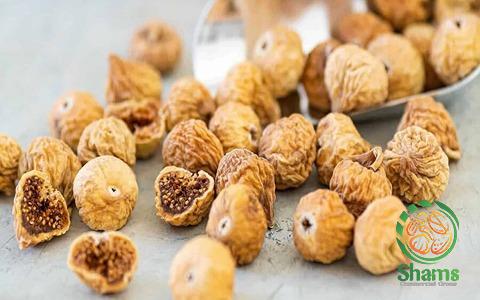
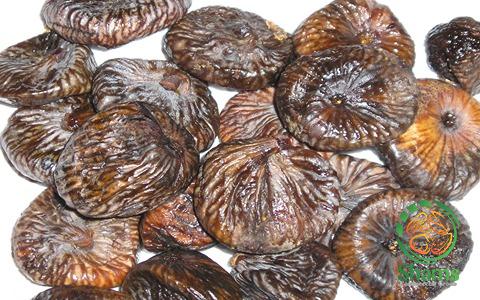
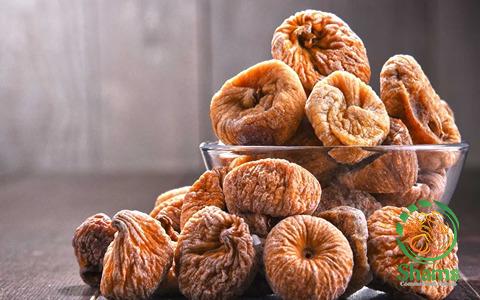
Your comment submitted.